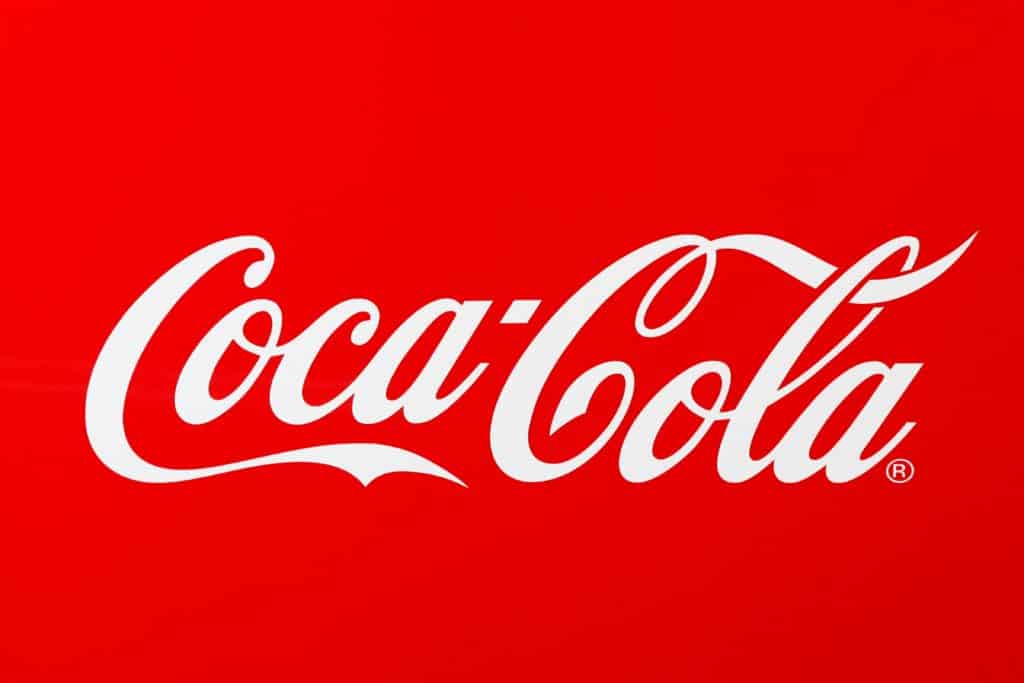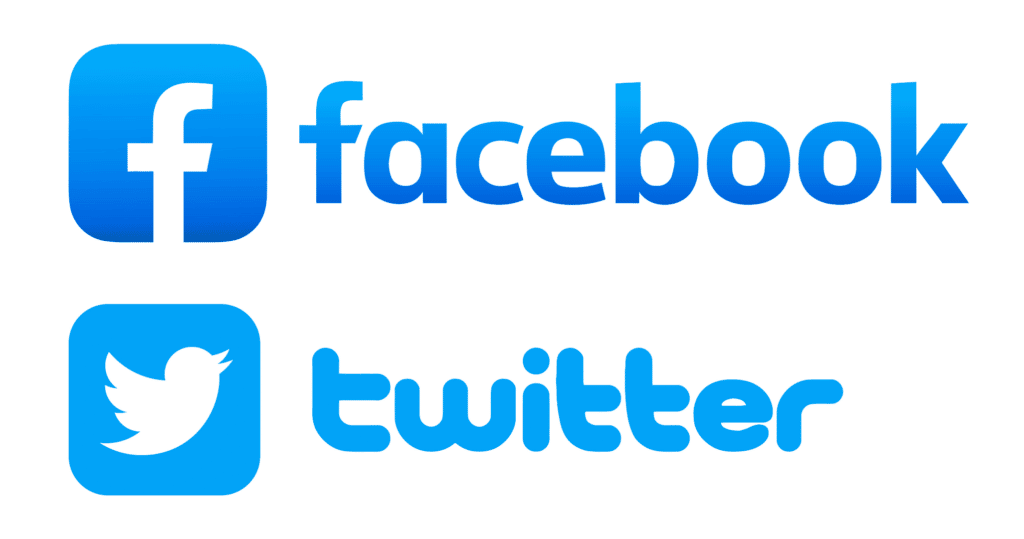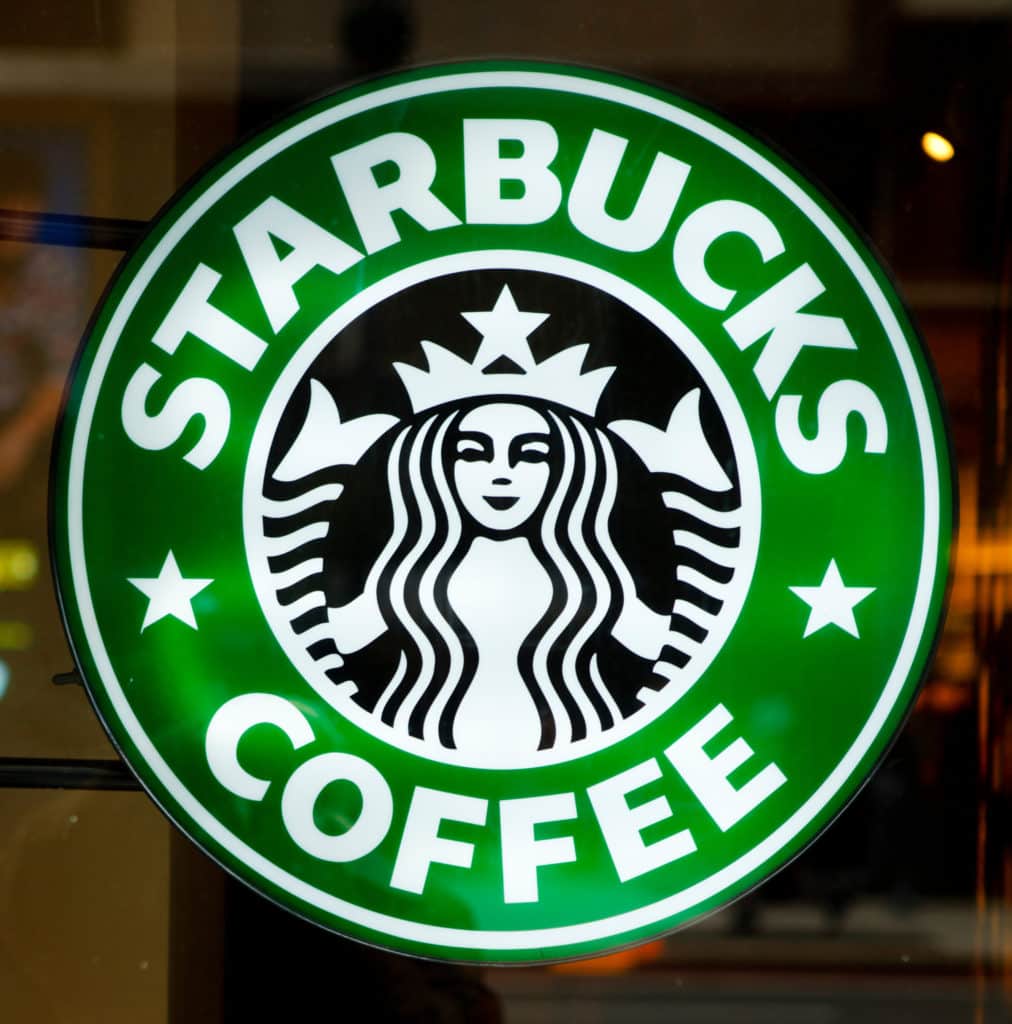Did you know that some of the world’s most prominent and popular brands are remembered and identified by their colors?
For instance, whenever you see the alphabets “BR” in a blue-pink color combination, you probably automatically think about the famous ice cream brand Baskin Robbins. Or take the golden arches set against a bright red background – we all know what that logo is, right?
Color psychology plays a huge role in businesses because the right colors can help you appeal to your customers and create a unique image for your brand. Your brand or logo colors represent you and can help you connect with your customers.
However, have you ever wondered what your brand colors say about you and your business? The pinks, greens, yellows, and reds – what do they represent anyway?
Brand Colors and What They Mean
Most businesses put a lot of thought and effort into choosing the right colors for their brand. This is because every single color means something different and has unique symbolism attached to it.
Look at some of the most popular brand colors and what they signify and tell about a business.
Red
Red attracts immediate attention and is a color that is quite hard to avoid. Besides representing ‘love,’ red indicates intensity, confidence, and energy. If your business has a red logo or has a bit of red in its logo, it suggests that your brand is compelling and displays high energy.
Red can increase a person’s heart rate, making it an ideal color for brands that wish to create urgency and hype.
Take Coca-Cola, for instance. It is one of the world’s most popular and highly-consumed beverages, and its red logo creates hype among consumers.

Black
Often associated with funerals, black is a blue color that people usually use to represent darkness and mystery. However, in the business world, black is probably one of the most sophisticated and elegant colors frequently used for luxury products.
If your brand’s color is black, you want it to stand out as well-established and convey stylishness and luxury.
Some popular brands that use the color black include Prada, Michael Kors, and Gucci, to name a few. These are all high-end brands, and their products radiate an air of grace and superiority.
Like black, purple is associated with luxury, and it was once considered the color of kings and nobles. Regarding brands, this color depicts imagination, mystery, and even magic.
A brand with purple color probably says it’s luxurious, but not in the literal sense. It simply means that owning that product will bring you great comfort and evoke a sense of fantasy.
Cadbury is one quite popular brand that features purple. So, in a bar of Dairy Milk, you will find mystery, luxury, and comfort in each bite you take!
The sky and ocean are two things that come to mind when you see the color blue, representing calm and tranquility. In the professional world, the color blue indicates logic and professionalism. If your brand’s logo is blue, it shows that you want people to trust your product because it creates a sense of safety and security.
Facebook and Twitter are two prime examples here. Both their logos are blue and white, which means that you can trust them, but at the same time, their product can help you calm down as you go through your Facebook feed or read funny tweets on Twitter.

Green
Green brings trees and plants to mind, symbolizing growth, nature, health, and relaxation. A brand’s green logo conveys the message that its product is healthy, environmentally friendly, and beneficial for you.
Starbucks is known for its attractive green logo and has made significant efforts to be eco-friendly. Whole Foods Market is another example of a brand whose products are healthy and represent nature at their best.
These are just a few examples of brand colors and their meanings. So, when choosing your brand’s color, make sure that it fits well with what your business or company is all about and is ideally in line with your values!



